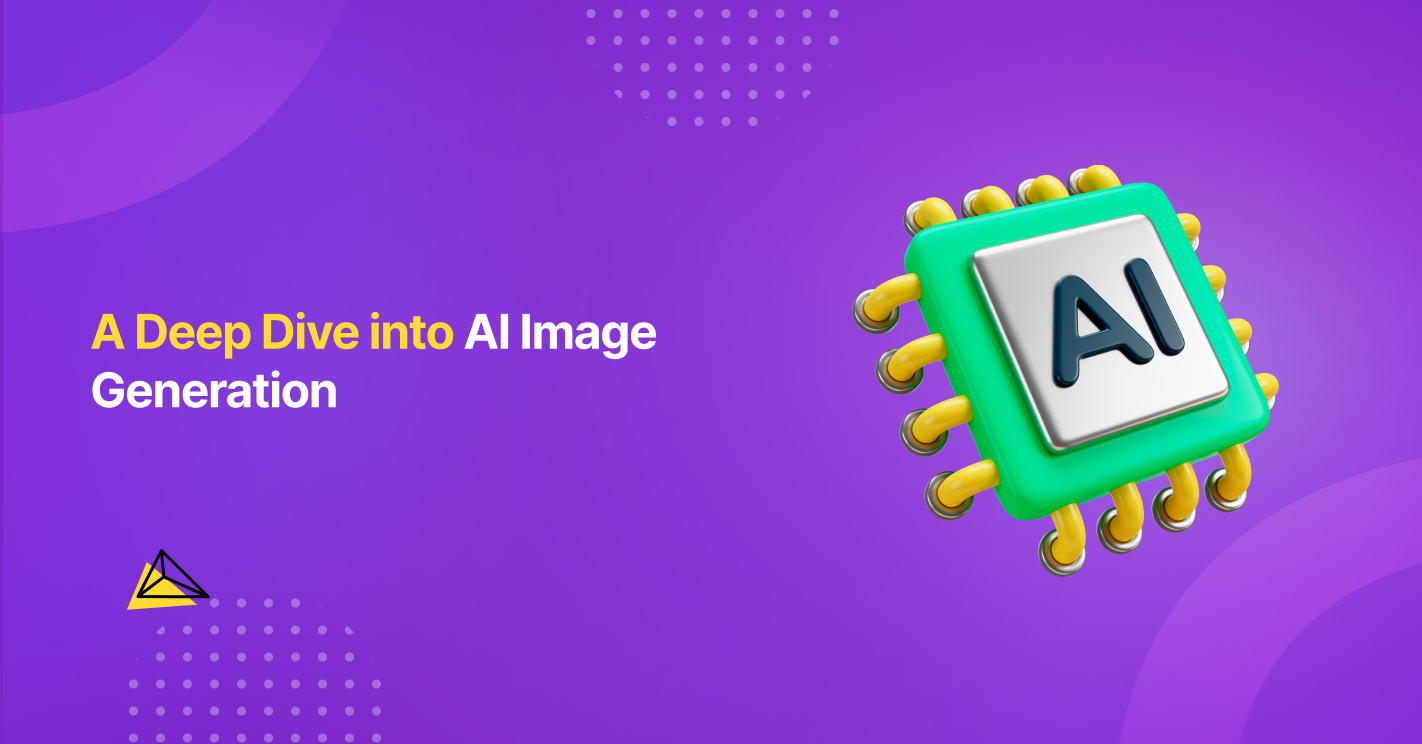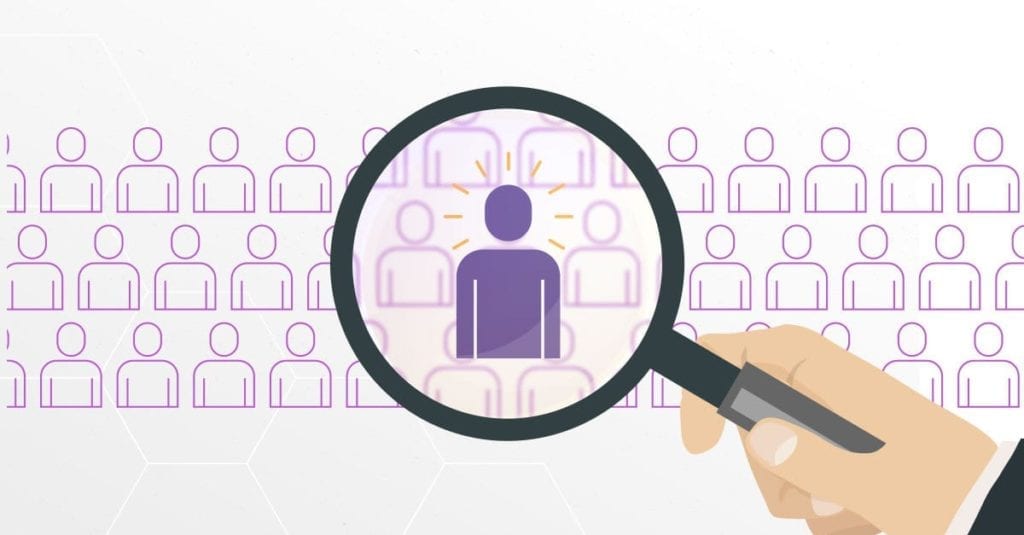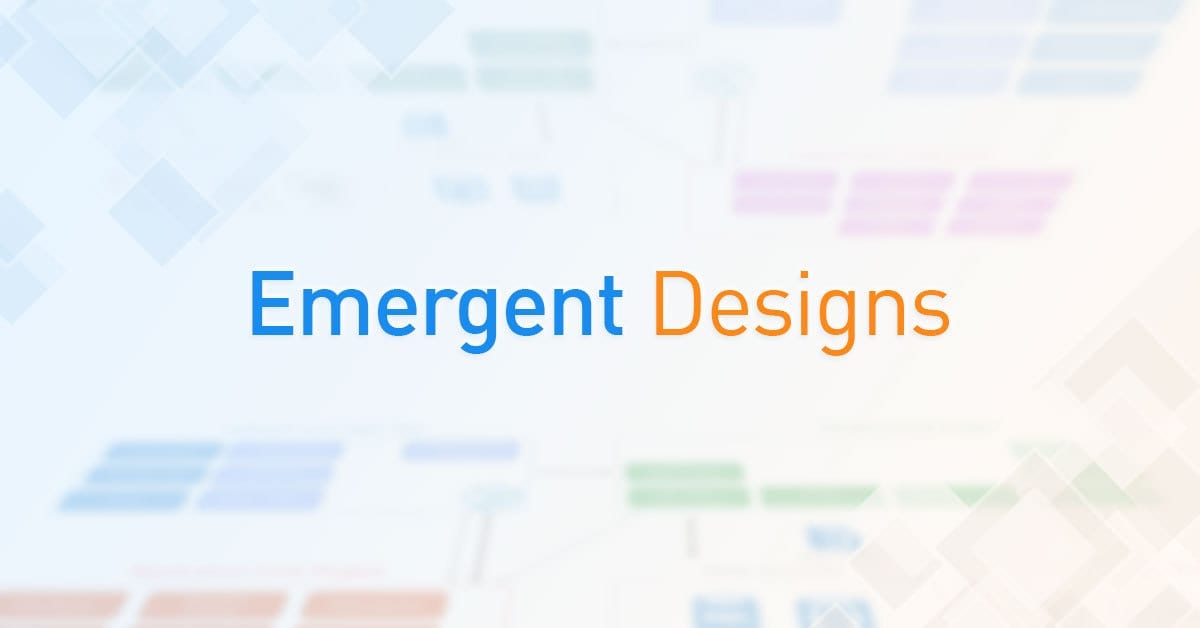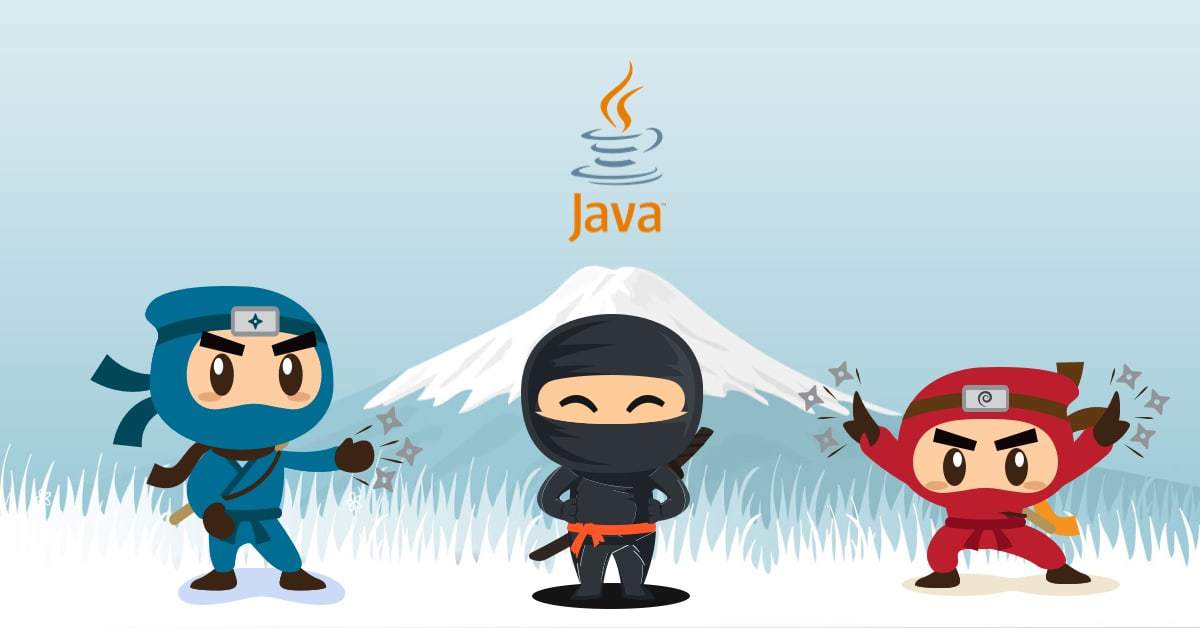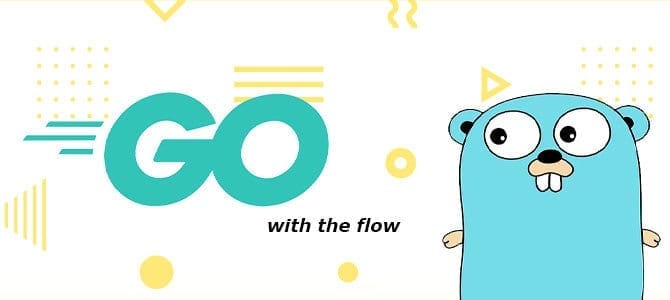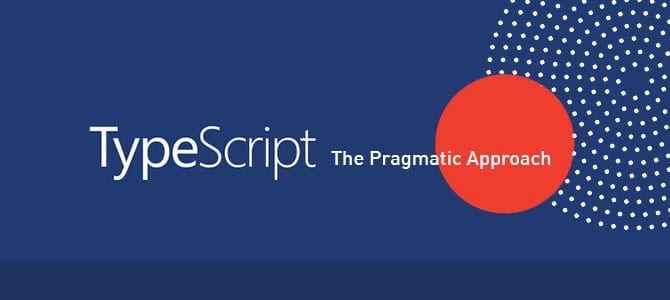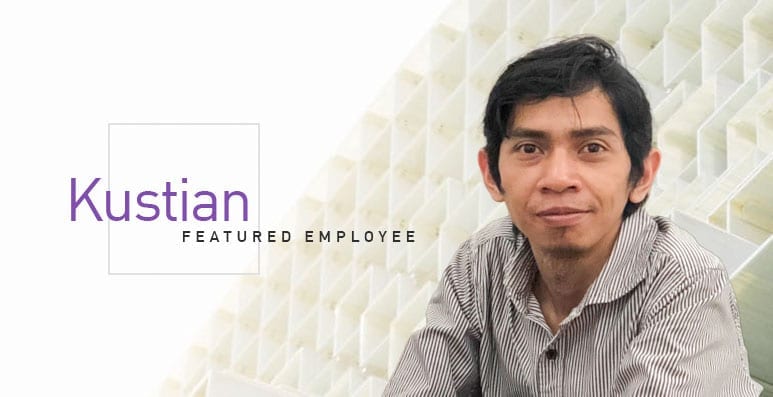Introduction
Numerous cases underscore the challenges stemming from the improper use of photos for commercial gain, resulting in financial losses for photographers, businesses, and individuals featured in the images. One noteworthy instance involves Krys Alex, a photographer who experienced disappointment and frustration upon discovering that a photo featuring a young dancer named Desire’e, which she had uploaded to the online platform, Unsplash, was utilized in a UK advertising campaign she deemed vulgar and offensive.
While Krys had made her image available on Unsplash, she did so with the understanding that it might be used for non-controversial purposes. However, the ad campaign did not align with her artistic or ethical values, leaving her feeling that her work was being misrepresented and she became distressed by the association of her photo with a campaign she found crass.
This situation sheds light on a common issue for photographers who share their work on platforms like Unsplash. While they provide their images for free use, they often lack control over how their work is used, leading to distress when their photos are used in unintended or offensive ways. This raises important questions about the ethical use of creative work and the significance of respecting the artist’s original intentions when using their images.

Copyright Issues Pertaining to Photo Publications
Another case involves the famous model Gigi Hadid, who faced a lawsuit for sharing a paparazzi photo of herself on her Instagram account without the photographer’s consent. This situation delves into copyright infringement, as the paparazzi photographer claimed that Gigi’s act of posting the photo violated their copyright, as she hadn’t obtained the necessary permissions or licenses to use the copyrighted image on her social media platform.
The fair use doctrine comes into play as well. Gigi Hadid might have argued that her use of the paparazzi photo fell within the bounds of fair use, considering her posting as a form of self-expression or commentary related to her public persona.
Furthermore, this case raises questions about the intersection of social media and privacy. It prompts us to consider whether public figures, such as Gigi Hadid, should have the prerogative right to manage how images of themselves, taken by paparazzi in public spaces, are used on social media platforms.
As we navigate these complex legal and ethical issues, the role of artificial intelligence (AI) in image generation becomes increasingly significant. In today’s context, brands can leverage AI-generated images for campaigns without the risk of legal repercussions tied to copyright or controversy surrounding a specific model, as the person featured in the AI-generated image is not a real individual.
The Journey of Artificial Intelligence
Before diving deep into the world of AI image generation and enhancement, let’s look at how AI has evolved over the years.
The journey of AI has been remarkable. It all began with AI’s humble origins as chatbots, aiding in customer inquiries. For instance, early customer support chatbots could provide predefined responses to common questions, offering quicker and more efficient assistance. AI then evolved into a game-changing translator, surpassing traditional translation websites. Google Translate, for example, harnessed AI to provide translations between multiple languages with increased accuracy and context awareness, transforming the way we communicate globally.
As time passed, AI stretched its capabilities further by offering smart solutions to everyday programming challenges. GitHub Copilot, powered by OpenAI’s GPT-3, assists developers in writing code efficiently by suggesting code snippets and providing context-aware guidance.
AI Image Generation Tools
Today, AI has ventured into the world of image processing, functioning with the precision of a seasoned chef in a high-end kitchen. Adobe Photoshop’s “Content-Aware Fill” uses AI algorithms to seamlessly remove objects from images, while AI-powered art generators like DALL-E craft unique images based on textual descriptions, showcasing the creative potential of AI. This remarkable AI journey extends beyond image processing to impact fields such as healthcare, finance, education, and entertainment, promising a more connected, efficient, and innovative world.
Here are some of the AI image wizards that are now widely used:
DALL-E
DALL-E excels at generating images from textual descriptions, making it a great tool for content creators and designers who want quick results. DALL-E can be used for a wide range of creative projects, such as generating concept art, illustrating stories, or designing unique products.
For example, you can provide a description such as “an astronaut lounging in a tropical resort in space,” to DALL-E and it will generate an image based on that description.

Midjourney
Midjourney is a powerful AI image generator capable of producing abstract and mind-bending realistic visuals. Using this tool is like attending a wild art class where you can explore your creative boundaries and experiment with various artistic styles. The tool is great for artists and creators who want to push the boundaries of traditional art and explore unconventional visual concepts.
For example, you can input a vague prompt like “a muscular barbarian with weapons beside a CRT television set, cinematic, 8K, studio lighting,” and see Midjourney’s interpretation of this surreal scene.

Stable Diffusion by DreamStudio
Stable Diffusion is a do-it-yourself AI image generator that allows you to fine-tune and customize images to your heart’s desire. It provides control over various parameters, making it suitable for hands-on creators who want to create highly detailed and personalized visuals. With Stable Diffusion, you can adjust aspects like color, texture, and style to craft unique images tailored to your specific needs.
It provides control over various parameters, making it suitable for hands-on creators who want to create highly detailed and personalized visuals. With Stable Diffusion, you can adjust aspects like color, texture, and style to craft unique images tailored to your specific needs.
For example, you can start with a base image and use Stable Diffusion to modify the lighting, add texture, and adjust color gradients to create custom artwork.

Firefly (Beta Access)
Firefly is ideal for users who want to add AI-generated effects, styles, or enhancements to their photos or designs. While Firefly can jazz up your images, it’s important to note that the results may not always be suitable for professional or commercial use.
For example, you can take a regular photograph and apply Firefly’s AI filters to give it a unique artistic or stylistic makeover.These AI image generators offer diverse capabilities, catering to different creative needs. Depending on the project and preferences, users can choose the one that best suits their artistic vision and workflow. They provide a wide range of creative possibilities, but using them effectively may require some expertise, as translating intricate thoughts into visuals can be challenging.
| AI Image Wizard | Description | Key Features | Suitable For |
| DALL-E | Friendly and easy to use | Outpainting & inpainting, image generation, enhanced image quality and realism | General image creation |
| Midjourney | Capable of creating abstract or realistic visuals | Realistic image generation, broader stylistic range, and aspect ratio options | Artistic and mind-bending visuals |
| Stable Diffusion | DIY AI image guru, highly customizable | Fine-tune and customize every detail to your liking | Hands-on creators, detailed adjustments |
| Firefly (Beta) | Can enhance images with AI-generated effects | Image enhancement, but may not be suitable for commercial use | Adding AI-generated magic to images |
The beauty of these AI image creators lies in their versatility. You can craft images for your business endeavors, bring your wildest imaginations to life, and conjure up visuals that defy the laws of reality. But, as with any enchanting endeavor, there’s a little hocus-pocus involved. These images may not always conform to our human sensibilities, sometimes featuring creatures with extra limbs or fingers that seem to multiply like rabbits. Creating truly enchanting images might require a bit of spellcasting expertise, as translating intricate thoughts into visuals can be a tad tricky.

Look at the featured image above. Do you notice that the hands look great, except that there are extra fingers, and the hand orientation doesn’t quite make sense?
For many, distorted hands used to be a clear indicator of AI art versus reality, serving as an easy cue to our brains that the graphic or image was not real but generated by AI
I speak of this in the past tense because several popular AI programs have made significant strides in this specific realm, and now, hands are starting to look much more realistic.
Looking ahead, the use of AI-generated images raises intriguing possibilities and challenges. On the positive side, AI-generated photos could potentially help navigate copyright issues by providing a source of freely licensed images. This could be particularly beneficial for content creators looking for easily accessible visuals without copyright concerns.
However, challenges abound. Despite improvements, AI-generated images may still contain subtle errors or inconsistencies, as seen in the extra finger in the image mentioned earlier. These imperfections can pose challenges for industries where precision and accuracy are crucial, such as advertising or medical imaging. However, make sure to keep a vigilant eye on the horizon, as the art world may soon be graced by the ascent of AI-made artists, revolutionizing the way we perceive and appreciate creativity.
This thrilling journey unfolds as AI pictures can be a blessing, ushering in an era of unparalleled artistic possibilities and shaping the future of creative endeavors.
In conclusion, while AI-generated photos offer exciting opportunities, there are still hurdles to overcome. Striking a balance between the advantages and challenges of this technology will be key as we navigate the evolving landscape of AI-generated visuals.
Author: Deni Surya, Analyst Programmer
